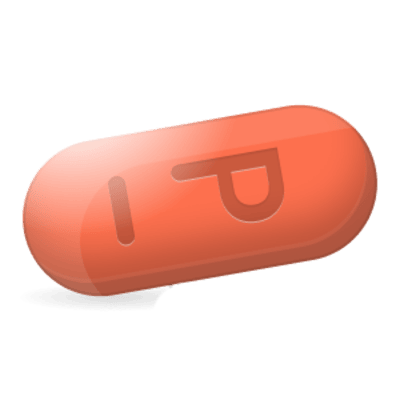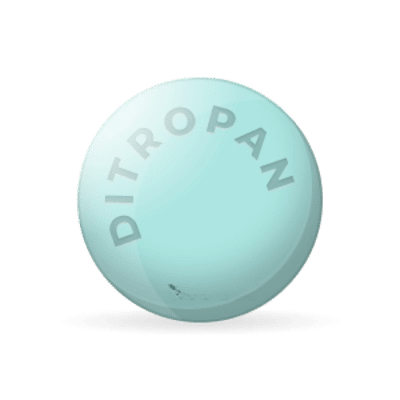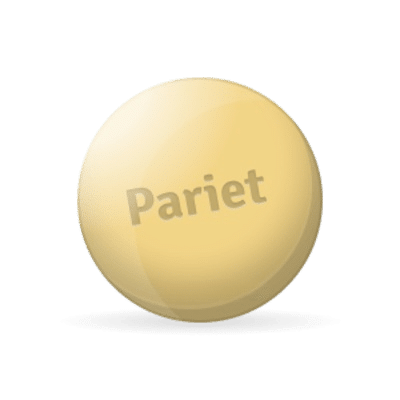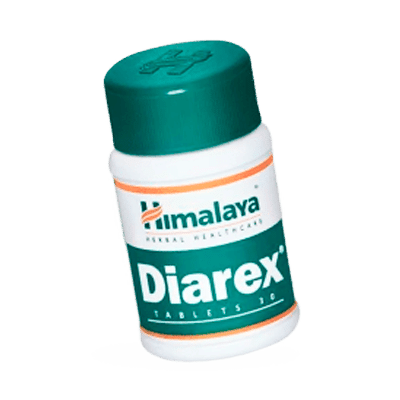Prilosec works great for heartburn, which has plagued me for years. I felt significant relief after just a few days of taking it. Its convenient that it only needs to be taken once a day, and the effect lasts for a long time.

Prilosec - Omeprazole
Active ingredients: Omeprazole- Quality products
- Support 24/7
- Fast delivery
What is it?
Prilosec is a drug that belongs to the class of proton pump inhibitors (PPIs). It is used to reduce the amount of acid produced in the stomach. The drug is widely used to treat diseases associated with increased acidity, such as gastroesophageal reflux disease (GERD), gastric and duodenal ulcers, and to prevent erosive esophagitis caused by heartburn. Prilosec helps relieve symptoms such as heartburn and stomach pain, and promotes the healing of damage to the lining of the stomach and esophagus caused by excess acid.
Omeprazole, the active substance in Prilosec, works by inhibiting the enzyme responsible for the production of stomach acid. This allows you to significantly reduce the level of acid in the stomach, creating more favorable conditions for the healing of damaged tissues and relief of symptoms associated with increased acidity. The drug can be used for both short-term treatment and long-term use under the supervision of a doctor.
Composition
Prilosec contains the active substance omeprazole, which is the main component that provides the therapeutic effect of the drug. The composition also contains excipients that help stabilize the dosage form and improve the absorption of omeprazole by the body. Here are some of them:
- Sucrose - used as a filler and gives the tablet its shape.
- Sodium lauryl sulfate - helps the active substance to be evenly distributed in the body.
- Sodium starch glycolate - promotes rapid dissolution of the tablet in the stomach.
- Hydroxypropyl cellulose - stabilizes the composition of the tablet and ensures its strength.
- Talc - used as a lubricant to facilitate swallowing of the tablet.
The combination of these components ensures that Prilosec works effectively and safely, providing a stable and uniform release of omeprazole in the body.
How to use?
To ensure maximum effectiveness, it is important to take Prilosec exactly as directed by your doctor or as instructed. The medication is usually taken once daily, 30 to 60 minutes before a meal, preferably in the morning. The dosage and duration of treatment depend on the specific condition being treated and your body’s response to therapy.
- Take the tablet whole, without chewing or crushing it, with plenty of water.
- If you miss a dose, take it as soon as possible. However, if it is almost time for your next dose, skip the missed dose and continue taking the medication as usual.
- Do not take a double dose to make up for a missed dose.
It is important to follow all of your doctor’s instructions and not stop taking the medication early, even if your symptoms have improved, to ensure complete healing and prevent relapse.
How does it work?
Prilosec works by inhibiting the activity of the proton pump, an enzyme located on the surface of stomach cells that is responsible for the production of gastric acid. This enzyme plays a key role in the secretion of hydrochloric acid, which is necessary for normal digestion of food, but in excess can cause problems such as heartburn, ulcers and gastritis.
Taking Prilosec leads to a decrease in the level of acid in the stomach, which promotes the healing of damaged tissues of the esophagus, stomach and duodenum. In addition, reducing acidity helps prevent further damage to the mucous membrane and reduces symptoms such as pain and burning. The effect of the drug begins within the first hour after taking and reaches its maximum after 2-4 hours, providing significant relief and protection from the aggressive action of acid throughout the day.
Indications
Prilosec is used to treat and prevent various conditions associated with increased stomach acidity. This drug helps effectively manage symptoms and prevent complications in the following diseases:
- Gastroesophageal reflux disease (GERD) is a chronic disease in which stomach acid is thrown into the esophagus, causing heartburn and other unpleasant symptoms.
- Stomach and duodenal ulcers are open sores on the lining of the stomach or upper small intestine caused by excess acid or the bacterium Helicobacter pylori.
- Erosive esophagitis is inflammation and damage to the lining of the esophagus caused by prolonged exposure to stomach acid.
- Zollinger-Ellison syndrome is a rare disease in which the stomach produces excessive amounts of acid due to tumors (gastrinomas).
- Prevention of ulcers and erosions caused by long-term use of nonsteroidal anti-inflammatory drugs (NSAIDs).
Prilosec may also be prescribed for other purposes as determined by the physician, depending on the clinical picture and needs of the patient.
Contraindications
Despite the effectiveness of Prilosec, there are certain situations in which its use is not recommended. The drug has several contraindications that are important to consider before starting treatment:
- Hypersensitivity to omeprazole or any of the excipients of the drug.
- Concomitant use with drugs such as nelfinavir or atazanavir, since omeprazole may reduce their effectiveness.
- Severe liver dysfunction, since the metabolism of omeprazole may be difficult.
- Pregnancy and breastfeeding, if the potential risk to the fetus or child outweighs the benefit of using the drug.
- Age under 18 years, unless the drug is prescribed by a pediatrician.
Before starting to take Prilosec, it is important to consult a doctor to exclude possible contraindications and avoid adverse reactions. A specialist will be able to select the appropriate dosage or suggest an alternative treatment if Prilosec is not suitable.
Side effects
Although Prilosec is generally well tolerated, some patients may experience side effects. These reactions may be mild and temporary, but sometimes require a doctors consultation. Here are some of the possible side effects:
- Headaches are one of the most common reactions reported by patients with long-term use of the drug.
- Digestive disorders such as diarrhea, constipation, bloating, or nausea may occur in the first days of treatment.
- Dizziness and a feeling of weakness, which usually go away on their own and do not require discontinuing the drug.
- Skin reactions, including rash or itching, which may indicate an allergic reaction.
- Joint or muscle pain, which is rare, but may be associated with long-term use of Prilosec.
If serious or persistent side effects occur, it is recommended to consult a doctor immediately. A specialist can adjust the dosage or suggest alternative treatments to minimize negative effects.
Frequently asked questions
Prilosec Reviews and Experiences
I have been using Prilosec for several months now to treat GERD and the results are impressive. The symptoms have almost disappeared and my quality of life has improved significantly. I used to suffer from heartburn all the time and now I have almost forgotten about it. I am very happy with this product.
The drug helped me cure my stomach ulcer, and now I can calmly enjoy food without fear of pain and discomfort. The only thing is that sometimes there was a slight dizziness, but it quickly passed. In general, Prilosec fully met expectations.









